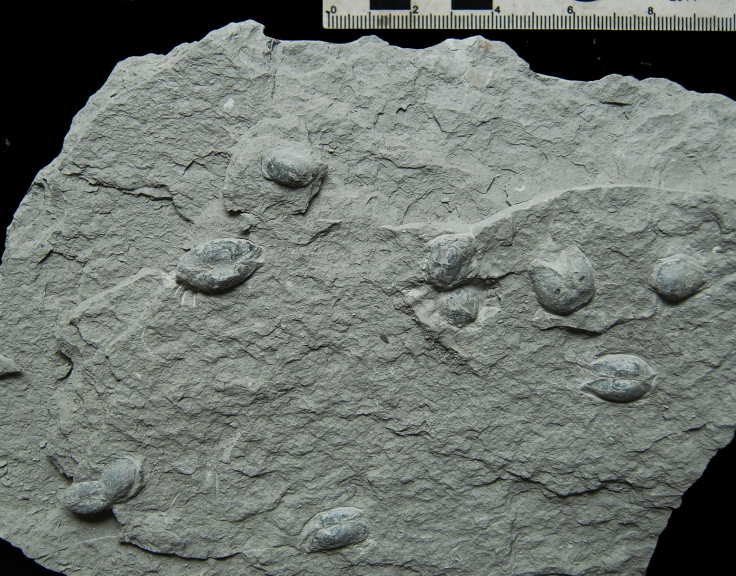Mystery fossils discovered dating back 360-million-years in South Africa
Roadworks near the South African town of Grahamstown have uncovered a large number of well-preserved fossils, some previously unknown to palaeontologists, the South African National Roads Agency (Sanral) has announced. Located on an ancient river mouth ecosystem, the site hosts an incredible variety of fossils, dating back to the Devonian era.
The Devonian period lasted from 419.2 million years ago to about 358.9 years ago. In between, some 360 million years ago, South Africa's marine coastline was very different, as the country was part of the super-continent Gondwana. The fossils are a testimony of that era, but they are very different to other remains from the same time that had been found before at Waterloo Farm, a rich Devonian site a few kilometres away. In particular, some invertebrate species had so far never been documented.

"The discovery differs from the fossil discoveries of the closed lagoon ecosystem of Waterloo Farm ... It is significant as paleontological research and scholarship on marine ecosystems of the Devonian period was primarily anchored in the fossil discoveries of Waterloo Farm. Now, we are able to trace a much broader picture of life along an ancient coastline through the discovery of new plant and invertebrate species", says Dr. Robert Gess of the Albany Museum in Grahamstown, a palaeontology heritage consultant to Sanral.
New unique species
Comparing the fossils they have collected to the ones found at Waterloo farm, the palaeontologists have identified unique fossils of plants that appear to be the ancestors of modern species.
"We have collected the remains of a shrub sized Iridopterid plant, from the group that was ancestral to modern horsetail plants. Interestingly, while Iridopteralians were located both at Waterloo Farm and the current fossil excavation site, they are different, though both are undescribed species", Gess points out. He and his team also unearthed the most complete specimens of the fronds of an ancient tree known as Archaeopteris notosaria.
In terms of fauna, the scientists collected different fossils of invertebrate species, including some – known as linguloid brachiopods – that had never been associated to this era before. "Linguloid brachiopods were invertebrates that lived in burrows and had a long fleshy foot. When found without other types of marine invertebrates they indicate a marine environment with some fresh water input. They have never before been found in this age strata", Guess says.

Educating the public
In the past few years, many roadworks have been instrumental in discovering new paleontological sites and fossil and offer an interesting tools for scientists who want to know how life was in the area millions of years ago. "Roadworks, though, give the opportunity for palaeontologists to, as it were, reach deep into the landscape and retrieve fresh unweathered shale," Guess says.

The new discovery will not only be enjoyed by the scientific community. Sanral plans to include an area near the road which will be open to the public to allow them to discover panels and information boards about the fossils.
© Copyright IBTimes 2025. All rights reserved.






















